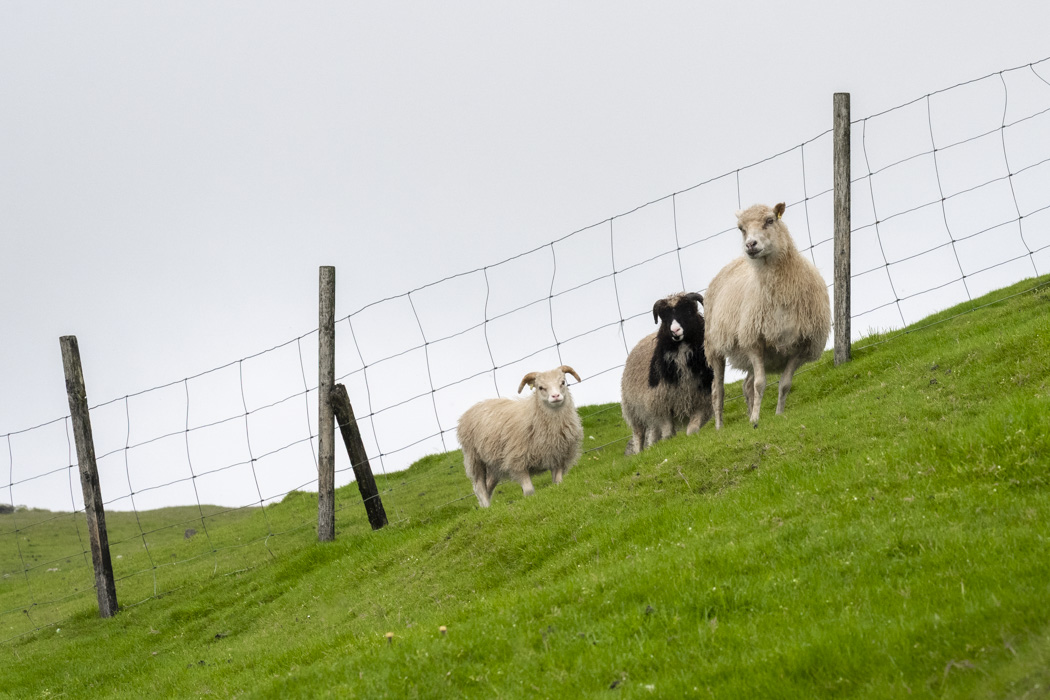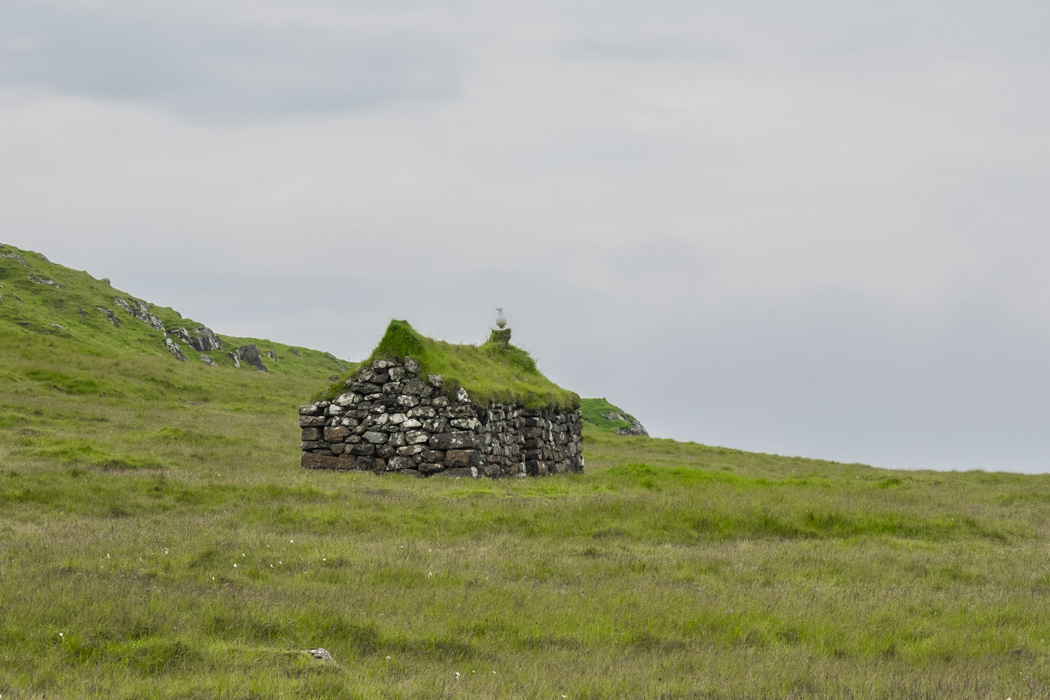Faroe Islands: Puffincore
We stood on the precipice of Cargo Rock, a narrow outcropping of rock jutting over the North Atlantic. This was the tiny island of Mykines in the Faroe Islands—a birdwatcher’s dream and a land shaped by wind, water, Vikings, and some evidence of an early Celtic presence.
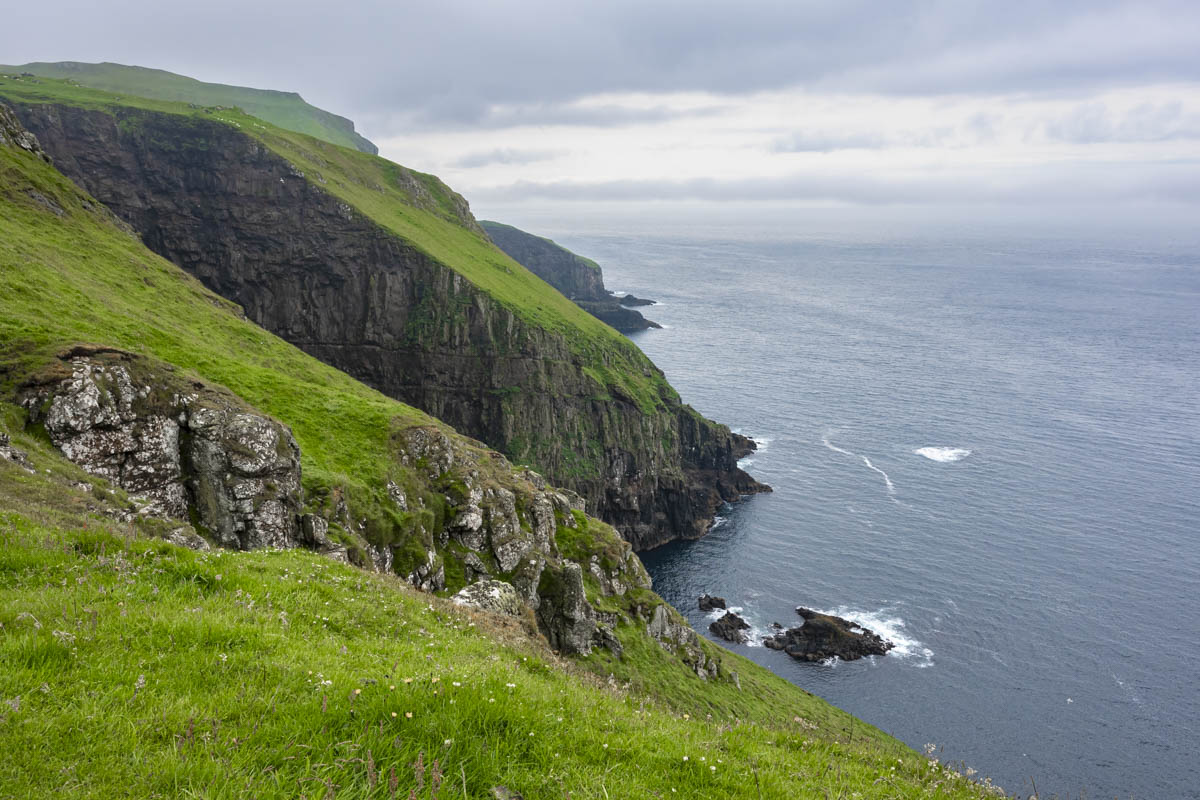
Located between Iceland and Scotland, the Faroe Islands are a self-governing archipelago within the Kingdom of Denmark. There are 18 islands, with about 53,000 residents scattered across dramatic terrain. The Faroese language evolved from Old West Norse, closely tied to Icelandic and Norwegian—a linguistic thread that weaves through their sagas and placenames.
Our guide, Eli, led us on a hike up the steep slopes on his land where his family had lived for 17 generations. In the shadow of Knúkur, the highest mountain on the island, sheep watched us warily while kittiwakes and fulmars shrieked overhead. At the highest point of our walk, there was no visibility beyond the edge of the cliff – the horizon was just a wall of white. We could hear the tumultuous waves hundreds of feet below but could only see the sea of grass at our feet.
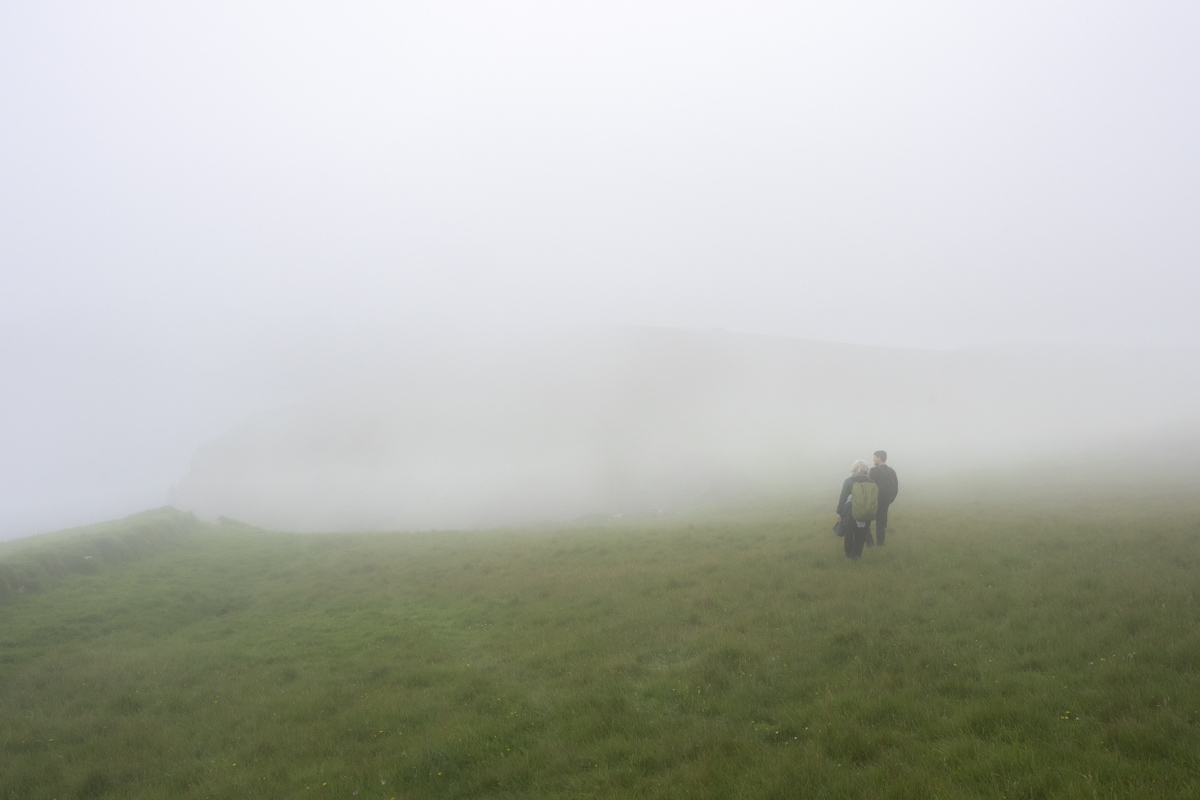
But as we walked back down toward the only village on the island, the vista cleared and we were treated to views of the dramatic cliffs and Mykineshólmur, a striking islet just west of the main island, and our first puffin sighting of the trip (and the only puffins of the day!) Mykines is a birdlife haven, and Eli pointed out the nesting site of the Northern Gannets. He described how villagers would abseil down the vertical cliff faces to collect gannets—an important food source for hundreds of years, although the practice isn’t as common anymore.
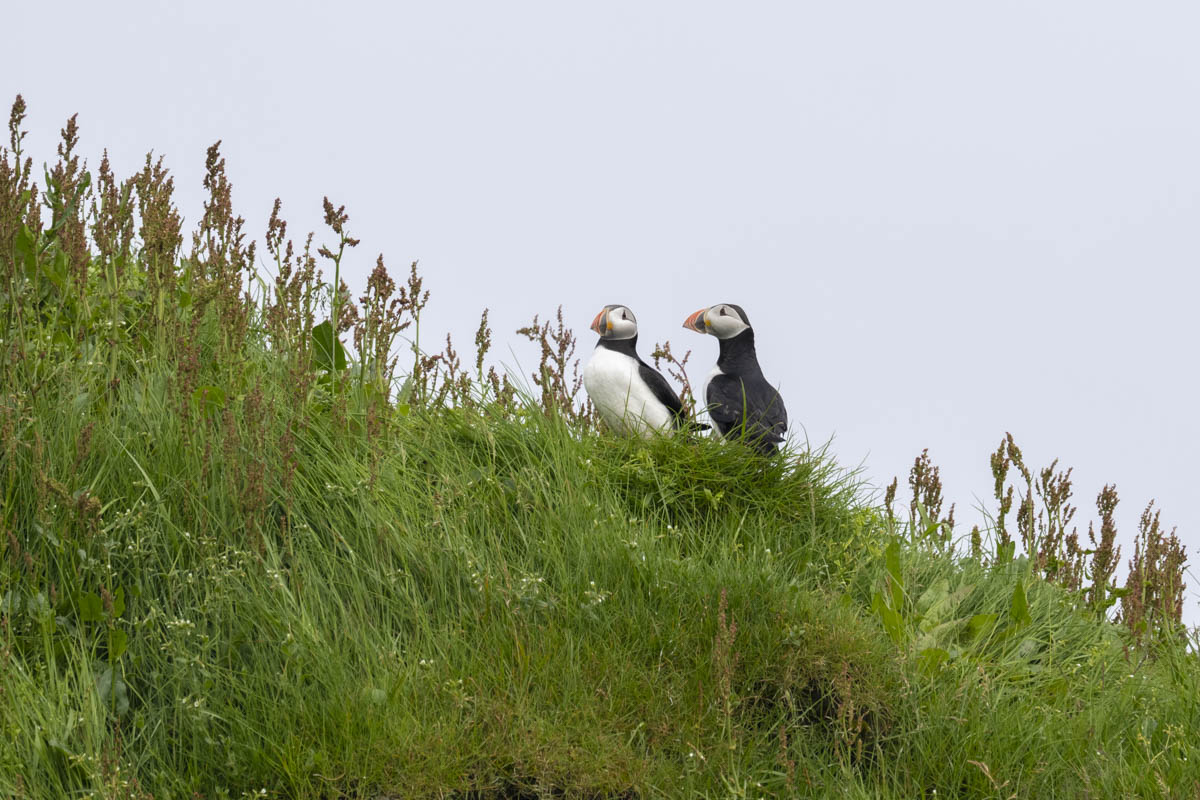
As we prepared for our trip to the Faroes, I drew maps of the country’s islands and dreamed of fog-wrapped sea stacks. I’m smitten with the “dark nautical” aesthetic. Think lighthouses, rugged coastlines, towering cliffs, and the power of the ocean. Perhaps a better name for it would be “puffincore.” These adorably stout birds dwell in such remote and precarious locations, and we hoped to see them on our trip. Mykines is famous for its puffin colony, and that was the next stop on our hike. But except for the lone bird earlier in the day, the puffins remained elusive, though we knew we’d have more chances to see these delightful birds—who mate for life and have a special talent for carrying dozens of fish in their mouths thanks to a hinged jaw and a spiny palate.
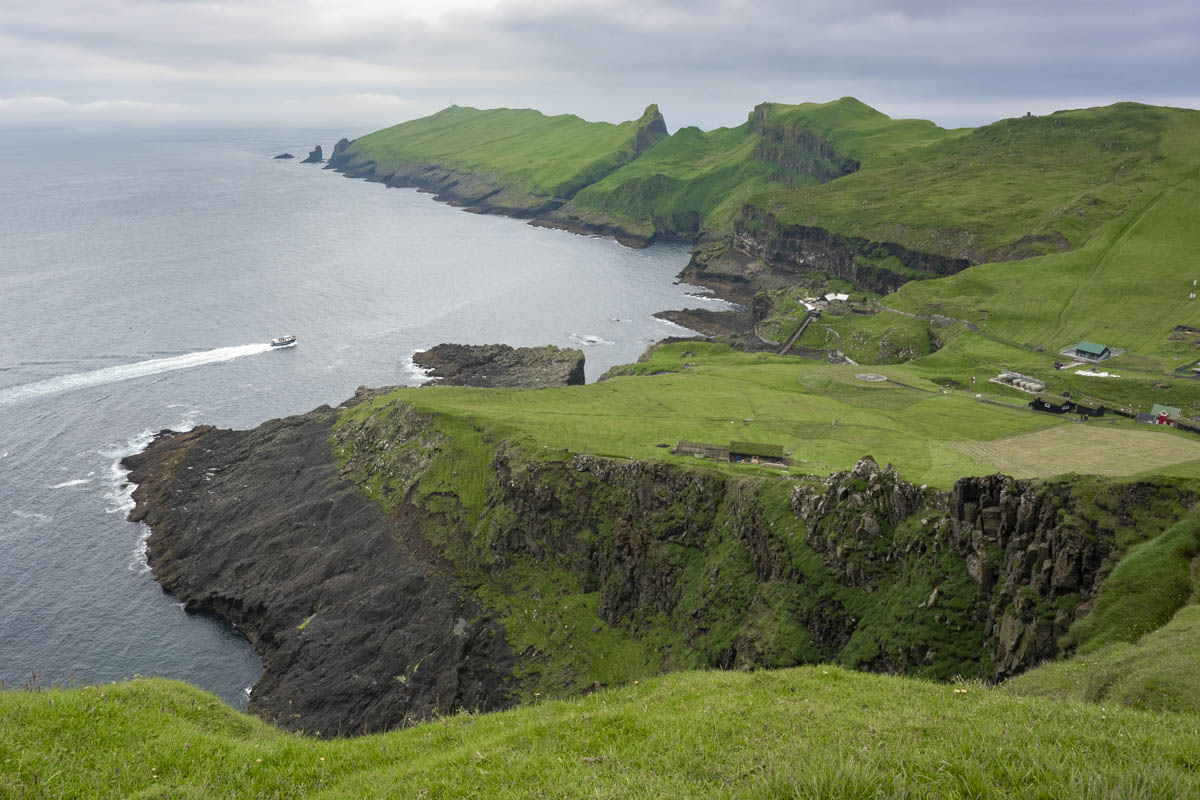
We had a delicious lunch of salmon, home-cured Faroese cold cuts, and apple cake with Eli and his family in their farmhouse that dates back at least to the 16th century, when a fire destroyed the village records. Later, we took the ferry back to Tórshavn, one of the oldest capitals in Northern Europe and home to one of the world’s oldest parliamentary meeting places—where Vikings gathered to make laws around the year 900.
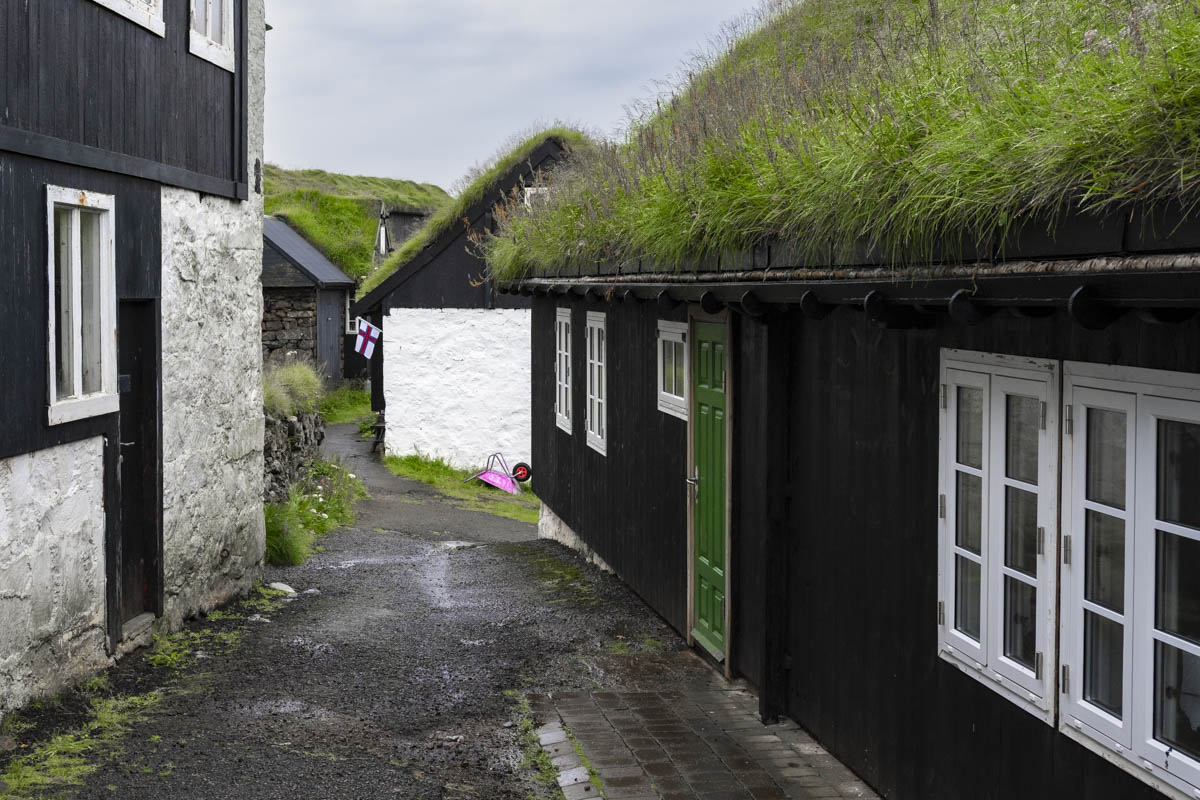
Our first day impressed on us the remoteness of the Faroes and how challenging life had been for the early inhabitants of islands like Mykines, where building houses depended on whether the sea provided driftwood, and tending sheep required traversing almost vertical cliffs to bring the woolly wanderers back to the barn for shearing. Even in the modern age, we felt the isolation: that evening, the banking system shut down and no one could use credit cards or withdraw cash from the ATMs. Fortunately, the system was back online the next morning as we headed to the ferry for the most southerly isle of Suðuroy.
